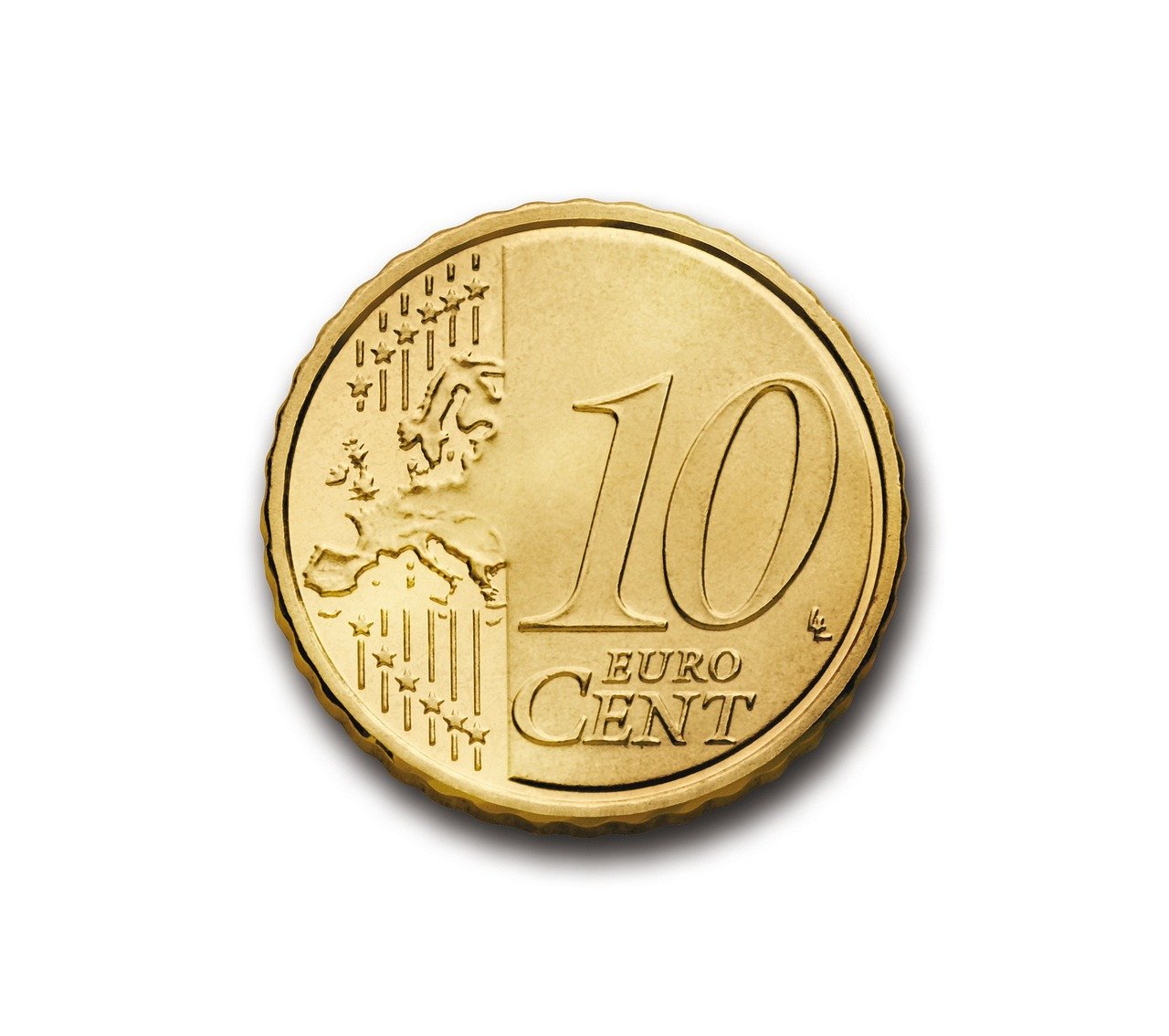Credit cards: those small pieces of plastic hold immense power, offering convenience, rewards, and the ability to make purchases even when cash is tight. But wielding this power responsibly is crucial. Understanding the intricacies of credit cards – from interest rates and fees to rewards programs and credit score impact – is the key to unlocking their benefits while avoiding potential pitfalls. This guide will delve into the world of credit cards, providing you with the knowledge you need to make informed decisions and manage your credit effectively.
Understanding Credit Cards: A Comprehensive Guide
What is a Credit Card?
A credit card is a type of revolving credit that allows you to borrow money from a lender (usually a bank or credit union) to make purchases. Instead of using your own funds directly, you’re essentially borrowing money with the agreement to repay it later. This repayment typically involves making monthly payments that include both the principal (the amount borrowed) and interest (the cost of borrowing).
- Revolving Credit: Unlike a loan with a fixed term and payment schedule, a credit card provides a revolving credit line. This means that as you repay the balance, the available credit replenishes, allowing you to borrow again.
- Credit Limit: Each credit card comes with a credit limit, which is the maximum amount you can charge to the card. Staying within this limit is vital for maintaining a good credit score.
- Example: Imagine you have a credit card with a $5,000 limit. You spend $2,000 on a new refrigerator. You now have $3,000 of available credit. If you repay $500, your available credit increases to $3,500.
How Credit Cards Work
Using a credit card is straightforward. You present your card at a point of sale, and the transaction is processed electronically. The transaction amount is then added to your outstanding balance. At the end of each billing cycle, you’ll receive a statement detailing your purchases, the minimum payment due, the full balance, and the due date.
- Billing Cycle: This is the period between your statement dates (e.g., from the 1st of the month to the 30th).
- Minimum Payment: This is the smallest amount you must pay by the due date to avoid late fees and negative impacts on your credit score. However, paying only the minimum payment means you’ll accrue significant interest over time.
- Grace Period: Most credit cards offer a grace period, typically around 21-25 days, between the statement date and the due date. If you pay your balance in full within this period, you won’t be charged interest on your purchases.
- Practical Tip: Set up automatic payments for at least the minimum amount to avoid missing deadlines.
Types of Credit Cards
The credit card market is diverse, offering various types of cards to suit different needs and financial situations. Understanding these different types can help you choose the best card for you.
Rewards Credit Cards
These cards offer rewards such as cash back, travel points, or merchandise for your spending.
- Cash Back Cards: You earn a percentage of your purchases back as cash, usually 1-5%. For example, a card offering 2% cash back on all purchases will give you $20 back for every $1,000 you spend.
- Travel Rewards Cards: You earn points or miles that can be redeemed for flights, hotels, and other travel-related expenses. These cards often come with additional travel perks like airport lounge access and travel insurance.
- Example: If you travel frequently, a travel rewards card could offer significant value in the form of free flights and hotel stays. Carefully evaluate if the annual fee is worth the rewards earned based on your spending habits.
Low-Interest Credit Cards
These cards offer lower interest rates than standard credit cards, making them a good option for people who carry a balance from month to month.
- Benefits: Lower interest charges can save you a significant amount of money over time.
- Ideal For: Individuals with existing credit card debt who are looking to transfer their balance to a card with a lower APR (Annual Percentage Rate).
Secured Credit Cards
Secured credit cards require a security deposit, which acts as collateral for the credit line.
- Purpose: Designed for individuals with limited or no credit history. The security deposit typically equals the credit limit.
- Building Credit: Using a secured card responsibly by making timely payments can help you build a positive credit history and eventually qualify for unsecured credit cards.
Store Credit Cards
These cards are offered by retailers and can only be used at their stores.
- Benefits: Often come with exclusive discounts and promotions.
- Drawbacks: Usually have high interest rates and limited usability.
- Example: A department store card may offer 10% off your first purchase and exclusive sales events, but the high APR may outweigh these benefits if you carry a balance.
Managing Your Credit Card Responsibly
Responsible credit card use is crucial for maintaining a good credit score and avoiding debt.
Paying Your Bills on Time
- Importance: Payment history is the most important factor in your credit score. Late payments can negatively impact your credit score for years.
- Setting Up Automatic Payments: Enroll in automatic payments to ensure you never miss a deadline. You can choose to pay the minimum payment, the full balance, or a custom amount.
Keeping Your Credit Utilization Low
- Credit Utilization Ratio: This is the amount of credit you’re using compared to your total available credit. Experts recommend keeping it below 30%.
- Example: If you have a credit card with a $10,000 limit, try to keep your balance below $3,000. A higher utilization rate can signal to lenders that you are a higher risk borrower.
- Practical Tip: If you’re close to exceeding the 30% threshold, consider making multiple payments throughout the month to keep your balance low.
Monitoring Your Credit Report
- Frequency: Check your credit report regularly for errors or fraudulent activity.
- Free Access: You’re entitled to a free credit report from each of the three major credit bureaus (Equifax, Experian, and TransUnion) every 12 months through AnnualCreditReport.com.
- Identifying Errors: Look for inaccuracies such as incorrect account information, unauthorized credit inquiries, or accounts you don’t recognize. Disputing these errors can improve your credit score.
Avoiding Common Credit Card Mistakes
- Overspending: Track your spending carefully and avoid charging more than you can afford to repay.
- Paying Only the Minimum: This can lead to high interest charges and a slow repayment process.
- Opening Too Many Accounts: Opening multiple credit card accounts in a short period can lower your credit score.
- Ignoring Your Credit Card Statements: Review your statements carefully to identify any unauthorized transactions or errors.
Credit Card Rewards Programs: Maximizing Your Benefits
Many credit cards offer rewards programs designed to incentivize spending and reward cardholders for their loyalty. Understanding how these programs work and maximizing their benefits can save you money or provide valuable perks.
Understanding Different Reward Structures
- Tiered Rewards: Some cards offer different reward rates based on spending categories. For example, you might earn 5% cash back on gas and groceries, 2% on dining, and 1% on all other purchases.
- Flat-Rate Rewards: These cards offer a consistent reward rate on all purchases, regardless of the category. For example, a card might offer 1.5% cash back on everything you buy.
- Bonus Categories: Some cards offer rotating bonus categories each quarter. For example, you might earn 5% cash back on Amazon.com purchases during the holiday season.
Redeeming Rewards Strategically
- Cash Back: Cash back can typically be redeemed as a statement credit, direct deposit, or check.
- Travel Points: Travel points can be redeemed for flights, hotels, rental cars, and other travel-related expenses.
- Merchandise: Some cards allow you to redeem your rewards for merchandise from online catalogs.
- Example: If you’re saving for a vacation, redeeming travel points for flights and hotels can significantly reduce your travel costs.
Choosing the Right Rewards Card for You
- Analyze Your Spending Habits: Determine where you spend the most money and choose a card that offers the highest rewards in those categories.
- Consider Annual Fees: Some rewards cards charge an annual fee. Calculate whether the value of the rewards you expect to earn will outweigh the cost of the fee.
- Read the Fine Print: Understand the terms and conditions of the rewards program, including any limitations or restrictions on redemption.
Building and Maintaining a Good Credit Score
Your credit score is a three-digit number that represents your creditworthiness. It’s used by lenders to assess the risk of lending you money. A good credit score can help you qualify for lower interest rates on loans and credit cards, as well as other financial products.
Factors Affecting Your Credit Score
- Payment History (35%): Making timely payments is the most important factor.
- Credit Utilization (30%): Keeping your credit utilization low is crucial.
- Length of Credit History (15%): The longer you’ve had credit accounts, the better.
- Credit Mix (10%): Having a mix of different types of credit (e.g., credit cards, loans) can be beneficial.
- New Credit (10%): Opening too many new accounts in a short period can lower your score.
Tips for Improving Your Credit Score
- Pay Your Bills on Time: Set up automatic payments and track your spending to avoid late payments.
- Lower Your Credit Utilization: Pay down your balances and avoid charging more than you can afford to repay.
- Become an Authorized User: Ask a family member or friend with a good credit history to add you as an authorized user on their credit card.
- Dispute Errors on Your Credit Report: Review your credit report regularly and dispute any inaccuracies.
Conclusion
Credit cards can be powerful financial tools when used responsibly. By understanding the different types of credit cards, managing your spending, and building a good credit score, you can unlock their benefits and avoid potential pitfalls. Take the time to research different credit card options, choose the one that best fits your needs and financial situation, and use it wisely to achieve your financial goals.



